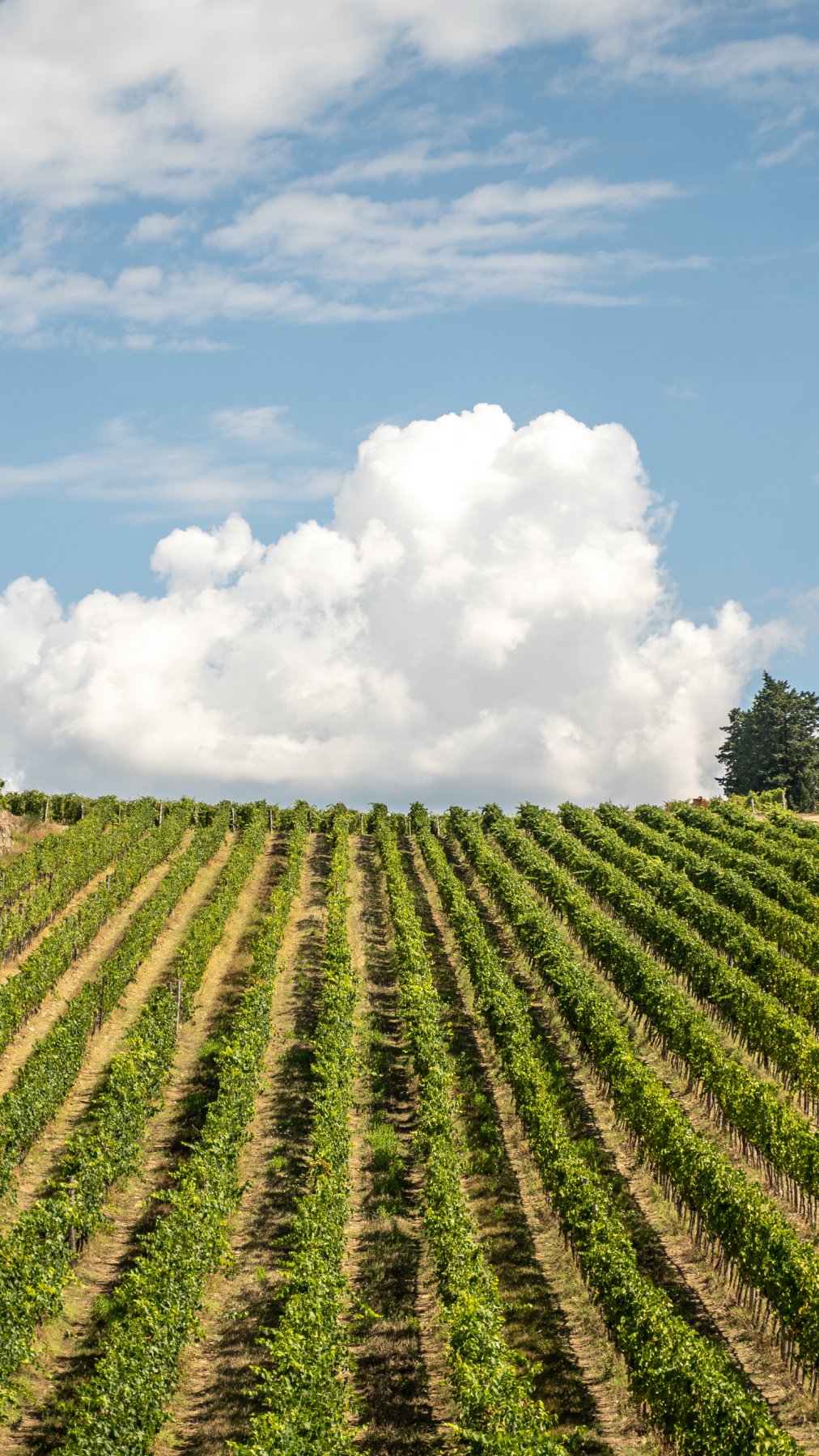It was Il Poggio vineyard, way back in 1962, that heralded the start of Castello di Monsanto’s journey in wine production, with the first harvest overseen by founder Fabrizio Bianchi. Still to this day, the company’s most iconic bottle, Il Poggio, is the first Chianti Classico to feature the name of the specific vineyard from which it comes. White grapes were removed from the recipe in 1968. Il Poggio is the source – thanks to massal selection – of all the Sangiovese, Colorino and Canaiolo vines in the winery’s other vineyards. Over 100,00 bottles have been produced and all of them spend time aging in the castle’s historic cellar, showcasing the wine’s stunning capacity for aging.

Designation
Chianti Classico D.O.C.G. Gran Selezione
First year of production
1962
Grape varieties
95% Sangiovese; 5% Canaiolo and Colorino
Training system
Guyot and spurred cordon

Vinification
In temperature-controlled truncated conical steel vats with emptying system (Délestage) and pumping over for about 20/22 days
Maturazione o invecchiamento
In 500 litre French oak casks, some new and some second passage, for 18/20 months
Ageing
Two years of bottle aging
4 Viti
Guida Vitae
95 pt
Wine Spectator
95 pt
Wine & Spirits
18.5 pt
Vinum
94 pt
Vinous
94 pt
Robert Parker
96 pt
James Suckling
CORONA
Vini Buoni d'Italia
Tre Stelle Oro
Guida Veronelli
5 Grappoli
Guida Bibenda
3 Bicchieri
Gambero Rosso
97 pt
Falstaff
97 pt
Doctor Wine
96 pt
Decanter
GOLD AWARD
Winehunter
Climate trend
The winter was quite mild in 2015, the temperature went below freezing for only a few days. Rainfall was higher than the average from the previous 10 years and this gave a good water reserve for the summer. Spring was moderate too with temperature around 2°C above average with regular rainfall. Summer was hot with low rainfall: the temperature in July was close to 38°C for several days, but no hydric stress occurred, thanks to the water reserve after the abundant rainfall in winter and spring and thanks to the peculiar soil of Monsanto (galestro). This optimal weather trend led to a vintage characterized by considerable quantity and very high quality. The phenolic ripening of Sangiovese was perfect in all the vineyards, Cabernet Sauvignon was picked as the last grape on October 14th.
The 2015 vintage has a great potential for ageing.

